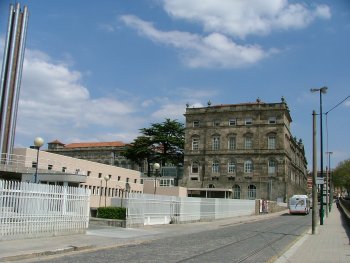Explore the best places
Monuments in Porto
Igreja da Trindade
- heritage
Rua da Trindade, 115
4000-220, Porto
Planned by the architect Carlos Amarante, this church was built along the XIX century, by initiative of the Ordem da Trindade, at the Largo do Laranjal. The façade is classical and the walls are filled with neo classical retables. It stands out, in the principal chapel, a big panel representing the Baptism of Christ, by the painter José de Brito. The religious order also has several painting works, such as the Resende’s portraits and several copies of Italian painters, such as Rafael, Ticiano and Caravaggio.
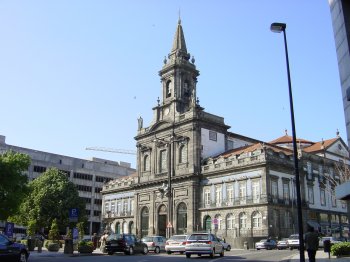
Casa onde residiu Alexandre Herculano
- heritage
Travessa de São Sebastião, 65
4050-568, Porto
A typical house in the city, have been one of the residences of Alexandre Herculano.

Igreja de Nossa Senhora da Conceição
- heritage
Praça do Marquês de Pombal, 4050
4000-391, Porto
Revivalist neo-Gothic church, with a longitudinal drawing and three naves, being the main façade flanked by two asymmetrical towers. You can see a great influence of the gothic style, at the pointed arches and the constant presence of glass windows. The buttresses with the Santo António, São João de Deus, Beato Nuno Álvares Pereira and São João de Brito sculptures on top stand out, as well as the fine ornament on the arches and the friezes on the columns, examples of the Arab and Byzantine arts.
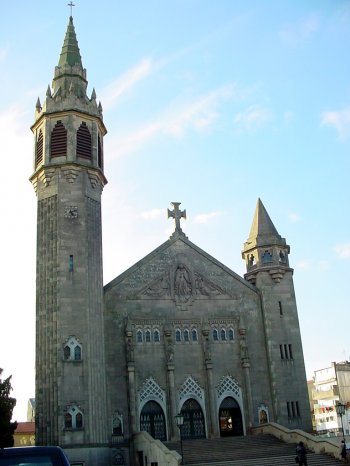
Igreja do Bonfim
- heritage
Rua do Bonfim, 72 - Alameda Claúdio Carneiro
4300-141, Porto
The Bonfim church, built in the XIX century, was planned by the architect José Geraldo da Silva Sardinha. The frontispiece is majestic, although the decoration is quite simple, as it also is on the inside. The main chapel has an arched roof ornamented with stucco.

Igreja Românica de Cedofeita - Igreja de São Martinho de Cedofeita
- heritage
Largo do Priorado, 72
4050-466, Porto
The tradition refers the existence, in this place, of a monastery founded in the VI century. From this one the only remains left were two capitals from the Christian Re-conquest. After a first repair, made in 1087, which kept the principal chapel and some arcades, the church was greatly altered in 1930.
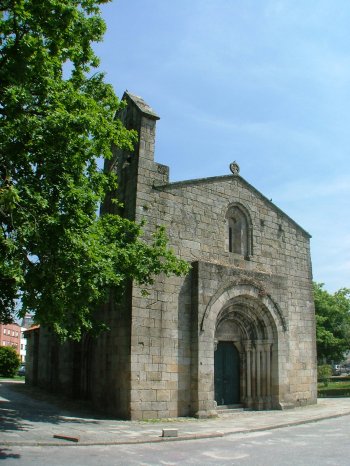
Universidade do Porto
- heritage
Praça de Gomes Teixeira
4099-002, Porto
This building was first the Real Academia da Marinha do Comércio, (Navy and Commerce Royal Academy), then the Academia Politécnica (Polytechnic Academy) that later became the Sciences Faculty. Its construction began before the first French invasion and finished in the XIX century, at the same spot where a former XVII century used to be: the Graça Church, annex to the Recolhimento dos Orfãos, founded in 1651 by the father Baltasar Guedes. The temple still existed during the city siege and, at that time, abandoned, it became a blood hospital. In the middle of the last century, it was demolished to …
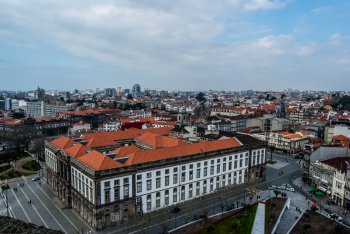
Edifício da Antiga Companhia de Seguros Douro
- heritage
Largo São Domingos
4050-545, Porto
It was built to be the headquarters of the Ordem de São Francisco but, in 1832, during the Porto Siege, it almost all destroyed by a fire. The Banco de Portugal (national Portuguese bank), Banco de Lisboa at the time, bought and repaired it. Its name comes from the fact it was once the headquarters of the insurance company Douro.

Edifício da Feitoria Inglesa
- heritage
Rua do Infante Dom Henrique, 8
4050-296, Porto
The house of the factory was built between 1785 and 1790. The plan was assigned to the consul John Whitehead and is inspired in the neo-Palladian English style. Inside the beautiful stairs, with the skylight, the ball-room and the monumental kitchen stand out. Placed at the last floor, the kitchen still has all the original equipment and the primitive baixela (silver tableware).
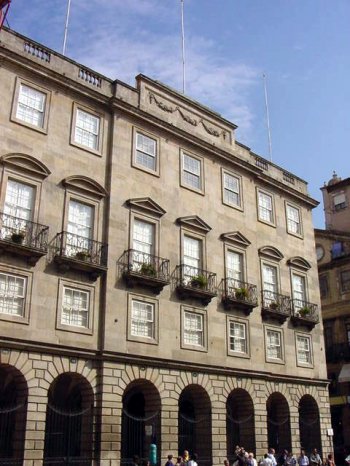
Igreja de Nossa Senhora do Patrocínio / Recolhimento do Ferro
- heritage
Escadas do Codeçal, 56
4000-173, Porto
Originally built at the Rua Escura between the XVI and XVII centuries, it was, in 1757, transferred to the place it now occupies.
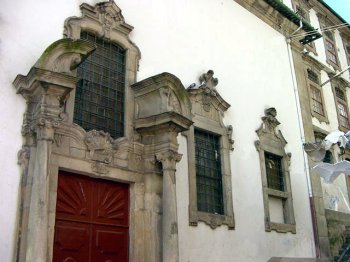
Edifício do Hospital de Santo António
- heritage
Rua do Professor Vicente José de Carvalho, 37 - Largo Professor Abel Salazar
4099-001, Porto
This is a John Carr designed construction, with a salient entrance in the façade. The main façade is neoclassical. According to the initial plan, the building should have four façades but it ended in a U form because of the financial availability to execute the back façade.
